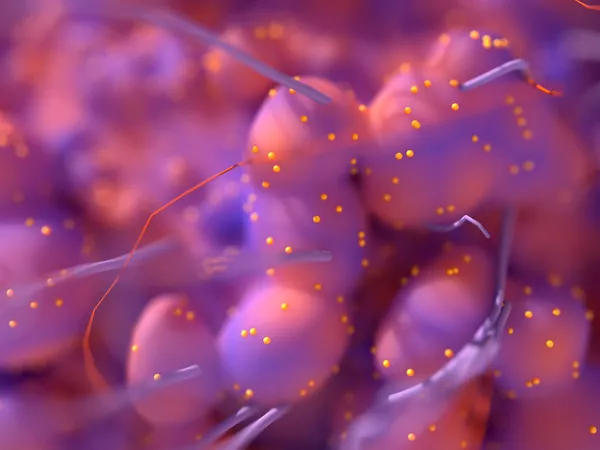EDITORIAL
Published on 12 Jul 2016
Editorial: Human Tumor-Derived p53 Mutants: A Growing Family of Oncoproteins
doi 10.3389/fonc.2016.00170
- 1,828 views
- 3 citations
35k
Total downloads
127k
Total views and downloads
You will be redirected to our submission process.
EDITORIAL
Published on 12 Jul 2016
MINI REVIEW
Published on 31 Mar 2016

MINI REVIEW
Published on 25 Feb 2016

MINI REVIEW
Published on 18 Feb 2016

MINI REVIEW
Published on 15 Feb 2016

REVIEW
Published on 03 Feb 2016

MINI REVIEW
Published on 27 Jan 2016

REVIEW
Published on 27 Jan 2016

MINI REVIEW
Published on 21 Dec 2015
REVIEW
Published on 21 Dec 2015
MINI REVIEW
Published on 17 Dec 2015
REVIEW
Published on 10 Dec 2015
